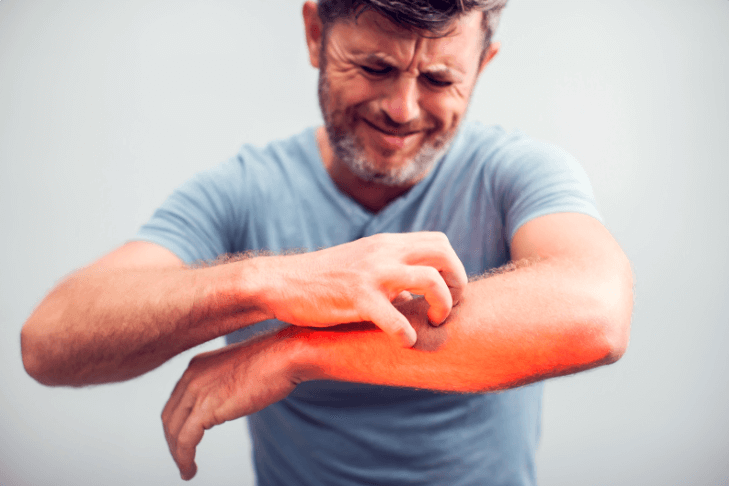Diabetic itching is a typical symptom of diabetes mellitus, generally caused by inadequate blood circulation, dry skin, or diabetic neuropathy. Skin problems can manifest as itching, which can be localized or widespread, and the intensity might vary.
Understanding the underlying reasons and effective natural therapies can help people manage their discomfort and enhance their overall quality of life.
What Causes Diabetic Itching?
Diabetic itching, or pruritus, is a frequent but often neglected consequence of diabetes. Several things might lead to this unpleasant discomfort.
Dry Skin: High blood sugar levels can induce dehydration, making the skin dry and uncomfortable. Research in 2021 discovered that around 44% of people with diabetes mellitus had skin problems, including dry skin.
Poor Circulation: Diabetes affects blood circulation, particularly in the extremities like legs and feet. Poor circulation can create dry, itchy skin allergic reactions because it does not receive enough nutrients and oxygen. This disorder is referred to as peripheral arterial disease (PAD). According to research, around one-third of diabetics over the age of 50 have PAD.
Blood Vessels: Diabetes can affect small blood vessels, leading to skin complications. The reduced blood flow can make skin conditions worse, contributing to the development of dry, itchy skin. This can also manifest as patchy skin, a common issue among diabetics.
Diabetic neuropathy is nerve damage induced by chronically elevated blood sugar levels. This nerve injury can cause odd feelings, including itchy skin, discomfort, and numbness. According to 2021 research, around 50% of diabetics will acquire neuropathy over their lifespan.
Skin Infections: Because of weakened immune systems, diabetics are more susceptible to bacterial and fungal skin infections. Common diseases such as athlete’s foot, jock itch, and yeast infections can cause severe itching. A study shows skin infections affect around 30% of individuals with diabetes.
Kidney or Liver Disease: Diabetes mellitus complications can impair kidney and liver function, accumulating waste materials in the body, which can cause itching. Chronic kidney disease (CKD) is frequent in diabetics, with data showing that approximately 40% will acquire it.
What is Diabetic Neuropathy?
Diabetic Neuropathy is a kind of nerve injury caused by chronically elevated blood sugar levels. It can affect many regions of the body, including the skin. This nerve injury can cause odd feelings, including itching, discomfort, and numbness.
It frequently affects the extremities, including the feet and hands. Diabetic dermopathy and eruptive xanthomatosis are examples of diabetes-related skin conditions that can arise as a result of this nerve damage, leading to various skin conditions such as patchy skin and itchy rashes, especially around the finger joints.
Is Itching At Night Indicative Of Diabetes?
Itching at night can indicate diabetic skin, especially if it persists and is accompanied by other symptoms such as frequent urination, increased thirst, and unexplained weight loss. Other causes of nocturnal itching include dry skin, allergies, and skin reactions.
Diabetic blisters and fungal infection can also be related to diabetes and might contribute to the sensation of itching. If you are experiencing chronic evening itching, especially due to poorly controlled diabetes, you should see a doctor for a proper diagnosis.
How to Relieve Diabetic Itching
Diabetes skin problems such as itching can be relieved by regulating blood sugar levels, keeping the skin moist, and treating any deeper causes. Here are some useful natural solutions for diabetes itching:
Natural Remedies for Diabetic Itching
Natural solutions for diabetic itching can provide substantial comfort by improving proper skin care, lowering inflammation, and calming sensitive skin. Here are some effective alternatives:
1. Aloe Vera
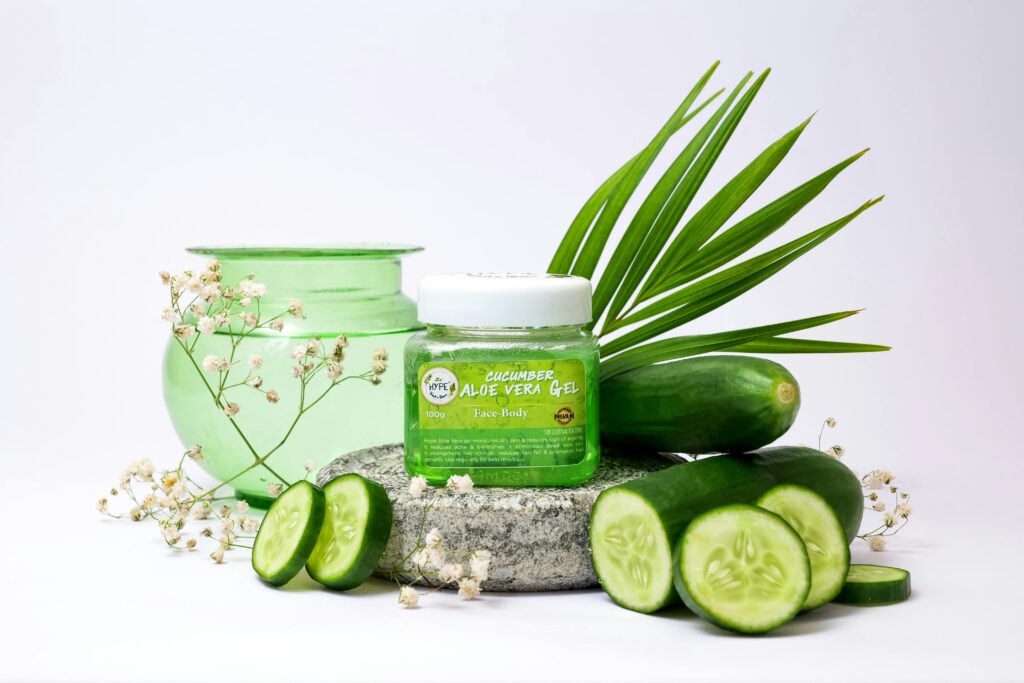
Aloe vera is known for its calming and hydrating effects. It can help moisturize dry skin and relieve irritation. Studies have shown that aloe vera possesses anti-inflammatory and antibacterial qualities that make it useful in treating various skin reactions. To get treatment, apply pure aloe vera gel directly to the afflicted regions.
2. Coconut Oil
Coconut oil is a great moisturizer with anti-inflammatory and antibacterial effects. It helps to keep the skin hydrated and can prevent infections. A research published discovered that coconut oil considerably improves skin hydration and has antibacterial properties. After showering, apply coconut oil to the skin to keep it moist.
3. Oatmeal Bath
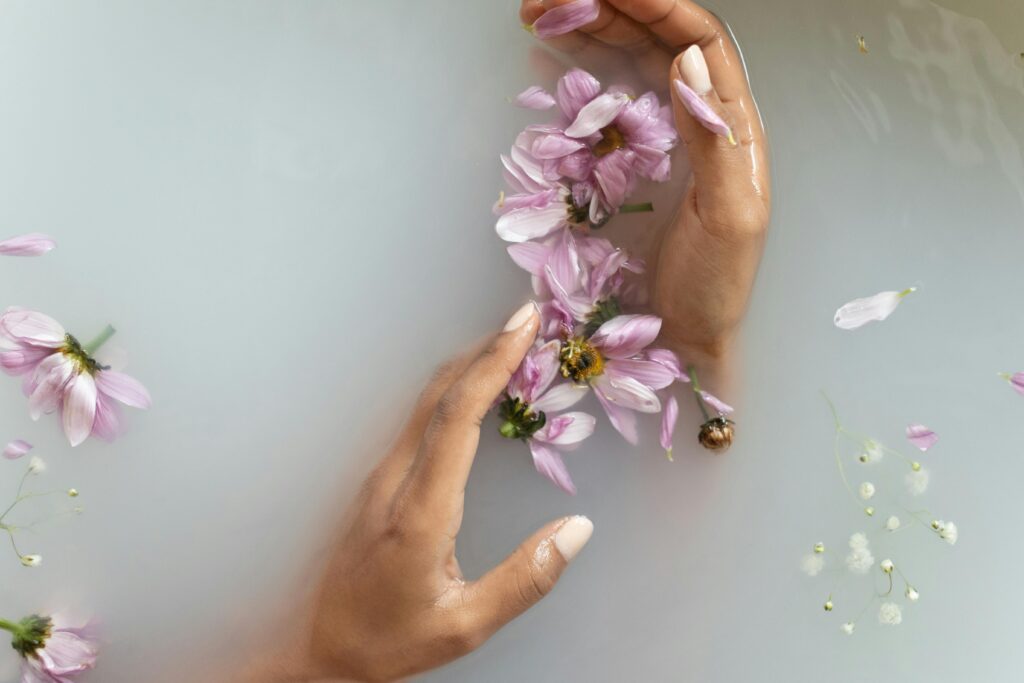
Colloidal oatmeal can help with inflamed and itchy skin. It includes chemicals called avenanthramides, which are anti-inflammatory and antioxidant. According to research, colloidal oatmeal is useful in treating pruritus and inflammatory skin disorders.
Soak in a lukewarm bath with finely crushed oatmeal for 15-20 minutes to improve proper skin care and address skin conditions.
4. Apple Cider Vinegar
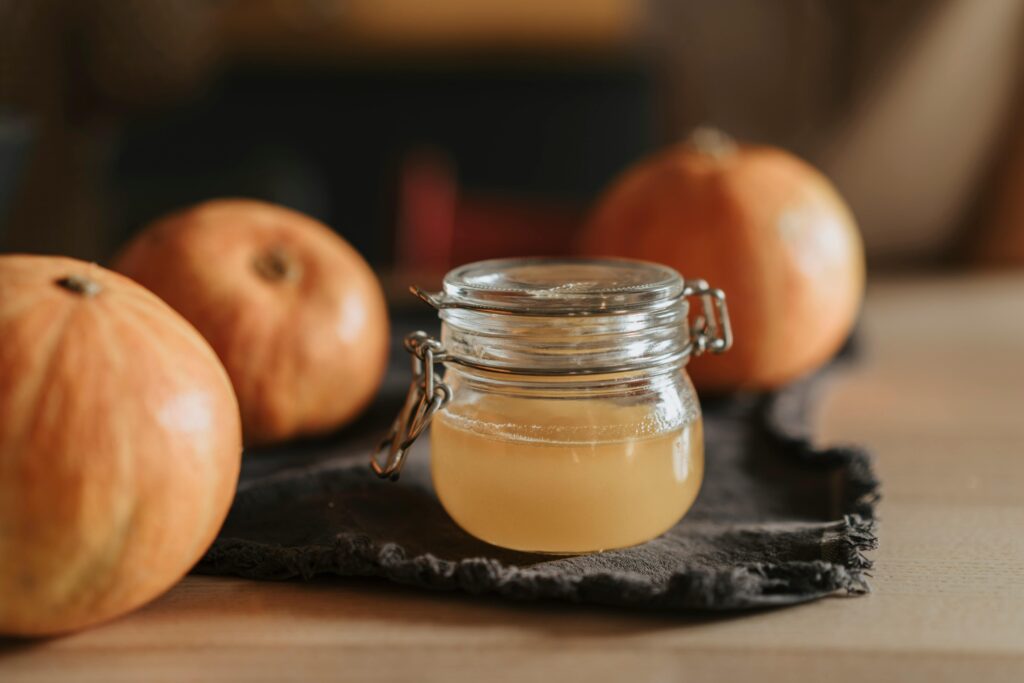
Apple cider vinegar has anti-inflammatory and antibacterial effects. It can help regulate the skin’s pH and alleviate irritation. Research demonstrates its efficacy in treating skin infections. Dilute apple cider vinegar with water and apply it to itching regions with a cotton ball to manage common fungal infections and maintain proper skin care.
5. Honey
Honey is a natural humectant, which helps retain moisture in the skin. It also contains antibacterial properties. Research found that honey can considerably increase skin hydration and decrease irritation. Apply raw honey to the afflicted areas to relieve and hydrate the skin, especially in skin folds, and help prevent bacterial infections.
6. Baking Soda
Baking soda can aid with itching and irritation. It has modest antiseptic effects, which can help prevent infections. A research published in Clinical, Cosmetic, and Investigative Dermatology supports its usage to treat pruritus. Make a paste by combining baking soda and water, then apply it to the irritated regions. After 15-20 minutes, rinse with lukewarm water.
7. Tea Tree Oil
Tea tree oil contains antibacterial and anti-inflammatory effects. It can alleviate irritation and prevent infections. According to research published in the Journal of Clinical and Aesthetic Dermatology, tea tree oil can be used to treat a variety of skin problems, including diabetes related skin problems. Tea tree oil should be diluted with a carrier oil (such as coconut oil) and applied to the afflicted region.
8. Chamomile
Chamomile contains anti-inflammatory and calming effects. It can soothe inflamed skin. According to a research published, chamomile is excellent at treating skin irritation and develop itchy skin. Make a strong cup of chamomile tea, let it cool, and apply it as a rinse on the itchy regions.
9. Turmeric
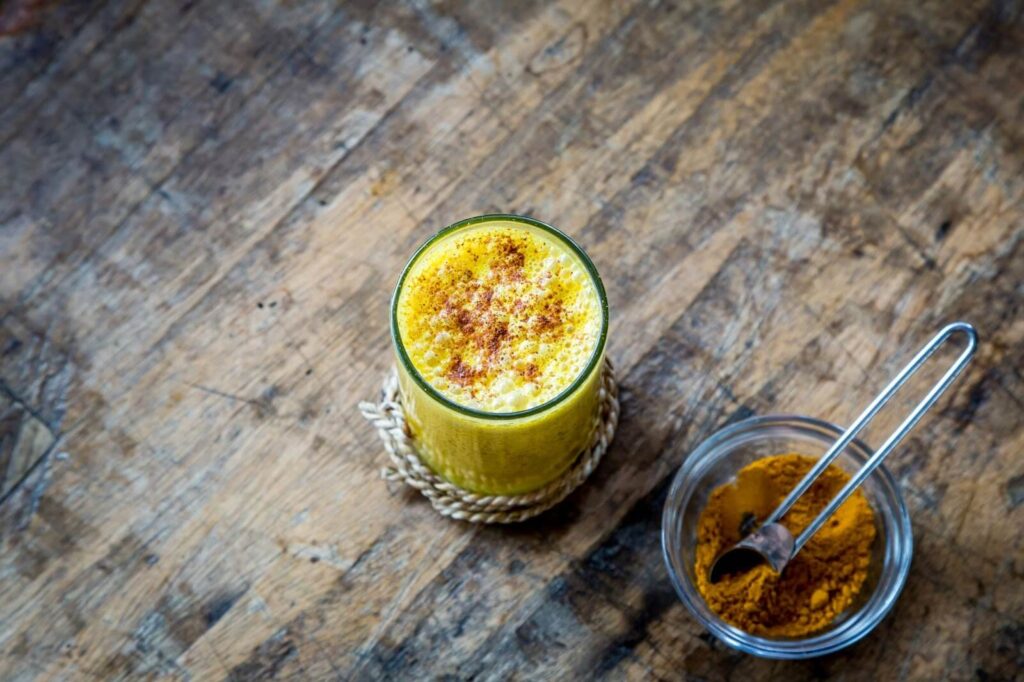
Turmeric includes curcumin, a compound with anti-inflammatory and antioxidant effects. It can help decrease inflammation and alleviate itching. A research confirms turmeric’s ability to reduce skin irritation. Make a paste of turmeric powder and water and apply to the affected regions.
Turmeric may also help manage blood glucose levels and reduce insulin resistance, which can contribute to diabetes related skin problems.
10. Hydration
Keeping your body hydrated is crucial for having good skin. Dehydration can exacerbate dry skin and irritation. The National Institutes of Health recommended that you drink enough of water throughout the day to keep hydrated. Adequate hydration may also help improve hair follicles health and reduce diabetes related skin problems.
Effective Diabetic Itch Cream
While natural remedies can be quite successful, over-the-counter lotions designed expressly for diabetic itching can also provide relief. Here are some important elements to look for in an effective diabetic itch treatment.
1. Menthol
Menthol produces a cooling feeling that helps alleviate irritation. It works by causing the skin’s nerve endings to become less sensitive. A research discovered that menthol-containing lotions significantly alleviate irritation in a variety of skin diseases, including rash in diabetics.
2. Pramoxine
Pramoxine is a topical anesthetic that numbs the skin and relieves irritation. According to research published in Dermatologic Therapy, pramoxine-containing lotions can effectively relieve pruritus and are useful in managing side effects associated with diabetic itching.
3. Colloidal Oatmeal
Colloidal oatmeal helps to soothe and hydrate the skin. It has anti-inflammatory and antioxidant effects that can aid to relieve itching and inflammation. Colloidal oatmeal has been shown in a research published in The Journal of Drugs in Dermatology to be useful in treating pruritus and inflammatory skin diseases, including the affected area in diabetic conditions.
4. Urea
Urea hydrates the skin and improves its barrier function. It is very beneficial for treating dry, itchy skin in diabetics. A study highlighted the benefits of urea-based lotions for treating dry and itchy skin, particularly where rash in diabetics is present.
5. Ceramides
Ceramides aid to repair the skin’s natural barrier and maintain moisture. They can help relieve dry, itchy skin. Ceramide-containing lotions are effective in improving skin moisture and reducing irritation, according to a research.
Using lotions containing these components can help offer quick relief from itching while also treating the underlying skin concerns caused by diabetes.
When Should I See A Doctor?
If your itching persists after home cures, or if it is accompanied by other troubling symptoms such as open sores, infection, or extreme pain, you should consult a doctor. A medical professional can help you identify the source of your itching and offer suitable therapies.
Frequently Asked Questions
What home remedies can I use to stop itching?
Home treatments like aloe vera, coconut oil, oatmeal baths, and honey can help relieve itching. These therapies moisturize, decrease inflammation, and soothe inflamed skin, which can be particularly effective if you’re dealing with yeast or fungal infection symptoms.
Can diabetes cause itching in the private parts?
Yes, diabetes can cause itching in the private areas owing to fungal diseases such as candida albicans and yeast infections, which are more frequent among diabetics. Maintaining excellent hygiene and controlling blood sugar levels will help you avoid these skin conditions and manage related symptoms effectively.
What happens when a diabetic itches?
Diabetics frequently itch due to skin dryness, poor blood circulation, or nerve loss (diabetic neuropathy). It might potentially indicate a bacterial infection or fungal illness.
What can I use to stop diabetic itching?
Natural treatments for diabetes itching include aloe vera, coconut oil, and oatmeal baths. Over-the-counter creams with menthol, pramoxine, or colloidal oatmeal can also help.
Which essential oils help with diabetic itching?
Tea tree oil, lavender oil, and chamomile oil are all effective for relieving diabetic irritation. These oils provide anti-inflammatory, antibacterial, and relaxing qualities. Always dilute essential oils with a carrier oil before using them on your skin.
Conclusion
Diabetic itching is challenging to control, but with the appropriate approach, relief is attainable. Individuals with diabetes can relieve itching and soothe their skin by recognizing the causes and using natural therapies. Remember to keep your blood sugar under control, as poor blood flow can exacerbate itching.
Moisturize your skin to address any skin changes and reduce irritation. Additionally, be mindful of potential allergic reactions to skincare products. If symptoms persist, consult a healthcare professional to manage any underlying skin conditions and ensure proper care for your immune system.
If you enjoyed this article, you may also want to read this article on Natural Remedies to Control Diabetes and Keep Your Blood Sugar in Check.
*This information is not intended to serve as a substitute for professional medical or dietary advice tailored to individual needs.
